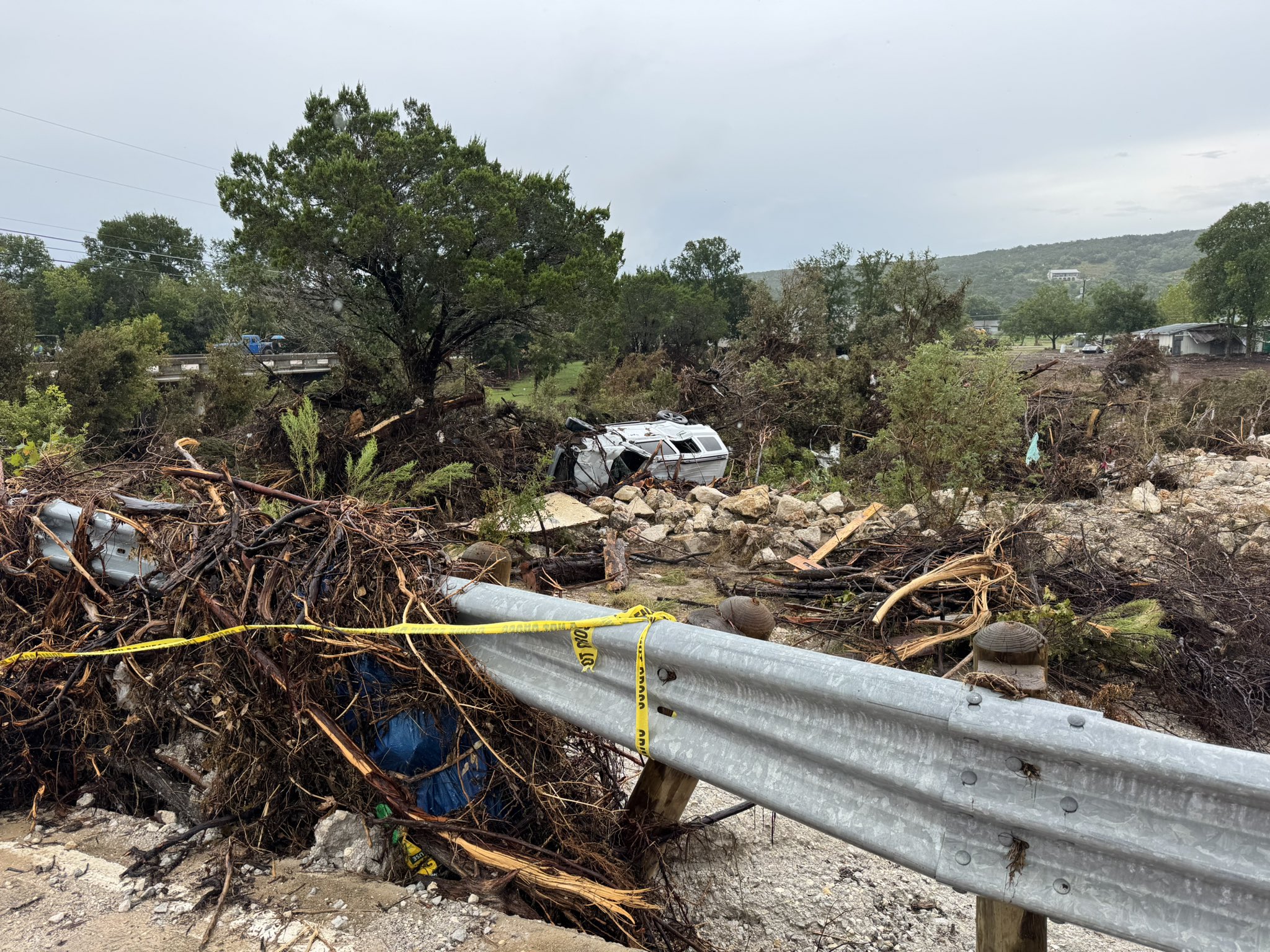Floods in the US: How funders can help communities prepare

Floods are among the most destructive, costliest and deadliest disasters in the U.S. They can arise due to tropical storms or hurricanes, snowmelts, sudden heavy rainfall and infrastructure failure, such as the breach of a dam. Flash flooding is becoming more frequent and stronger as the temperature increases.
Floods can cause extensive property damage, displacement of families and businesses and significant agricultural damage. In the U.S. in 2024, 145 people died due to floods. In July 2025, the death toll from the Texas Hill Country flooding alone almost reached that number, with at least 135 deaths recorded. According to the Joint Economic Committee, flooding costs between $179.8 billion and $496 billion annually.
While individual preparedness is essential, supporting community-wide flood readiness is far more effective at reducing risks, minimizing damage and ensuring faster recovery. However, these activities can be expensive. Funders can help communities prepare in a variety of ways, such as by:
1. Supporting robust community evacuation plans
- Fund efforts to connect older residents or those with disabilities with volunteers who can help them evacuate in an emergency.
- Conduct a community risk assessment.
- Develop a communication plan.
- Support the education and training of citizens in disaster preparedness.
2. Improving drainage systems and infrastructure
- Support green infrastructure projects like rain gardens and permeable pavements.
- Advocate for flood-resistant building codes and zoning regulations.
- Encourage the installation of levees, flood walls and retention ponds, ensuring that they don’t increase risks for neighboring communities.
3. Supporting the development of technology for early flood warnings
- Advocate for the development of accessible weather apps.
- Fund the installation of community-wide warning systems (sirens, automated alerts, message boards).
4. Supporting projects that reinforce flood-prone buildings and infrastructure
- Elevate electrical systems and utilities above flood levels.
- Install flood barriers, seal foundation cracks and use waterproof materials.
- Retrofit properties with flood-resistant techniques and upgrade public infrastructure.
5. Implementing community-based water management solutions
- Promote rainwater harvesting and permeable surfaces.
- Plant vegetation along waterways to help maintain local rivers and streams.
- Expand retention ponds and improve stormwater infrastructure.
6. Investing in long-term flood resilience efforts
- Advocate for stronger flood policies and funding major projects (levees, seawalls).
- Support research in flood prevention technology.
- Support innovations that consider the needs of agricultural communities and the interconnectedness of land management and water, such as “multicropping.”
- Encourage sustainable planning in communities of all sizes that accounts for climate change.
- Encourage and fund planning that incorporates Indigenous and community planning efforts with technical and scientific knowledge of climate change.
From infrastructure upgrades to community education and recovery planning, funders can help significantly reduce the devastation caused by floods. By investing in immediate and long-term flood resilience, communities can protect lives and property and ensure a safer future for residents.
